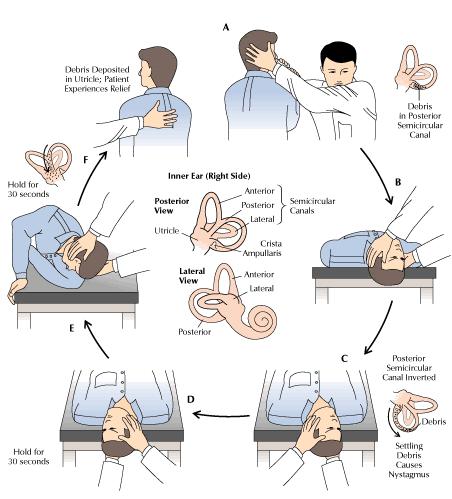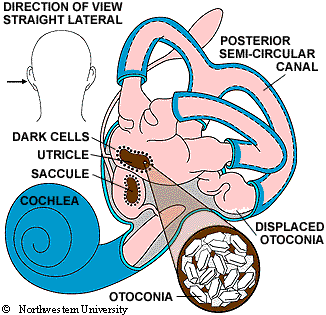

Meta-analysis on the efficacy of Epley's manoeuvre in benign paroxysmal positional vertigo. Prim-Espada MP, De Diego-Sastre JI, Pérez-Fernández E, et al. Effectiveness of particle repositioning maneuvers in the treatment of benign paroxysmal positional vertigo: a systematic review. The Epley (canalith repositioning) manoeuvre for benign paroxysmal positional vertigo. All patients with posterior canal BPPV should be offered a particle repositioning maneuver (PRM) unless there is a specific contraindication. If lateral (horizontal) canal or superior (anterior) canal BPPV variants are suspected, then referral to a tertiary care dizziness clinic is indicated. Effectiveness of treatments for benign paroxysmal positional vertigo of the posterior canal. Clinical practice guideline: benign paroxysmal positional vertigo (update). Bhattacharyya N, Gubbels SP, Schwartz SR, et al. Accessed July 22, 2020.The initial step in managing benign paroxysmal positional vertigo (BPPV) is patient education and reassurance. Canalith repositioning procedure (for BPPV).

Vertigo and vestibular disorders (adult). Clinical Overview: Benign paroxysmal positional vertigo. American Academy of Otolaryngology-Head and Neck Surgery. Benign paroxysmal positional vertigo (BPPV).

Talk to your doctor if your symptoms don't improve. The procedure may need to be repeated several times to relieve your symptoms. But if your symptoms return, your doctor can repeat the canalith repositioning procedure. Nearly 80% of people who undergo the procedure experience relief. You may need to perform these exercises for several days before your symptoms go away.
Benign paroxysmal positional vertigo epley maneuver how to#
Your doctor will likely teach you how to perform the procedure yourself so that you can do it at home if needed. You'll likely need to sit still for about 20 minutes.Īfter the procedure, follow your doctor's instructions. Finally, you return carefully to a sitting position with your head tilted down and returned to the center position.Your head should be slightly angled while you look down at the floor. With your head still extended over the edge of the table, you'll be prompted to turn your head slowly away from the affected side by about 90 degrees.Your doctor will help extend your head over the edge of the table at a slight angle. First you move from a sitting to a reclining position with your head turned to the affected side by 45 degrees.The canalith repositioning procedure includes these steps: The procedure may be repeated three or more times within a treatment session. Your doctor will watch your eyes for abnormal movements during the procedure. You'll generally stay in each position an extra 30 seconds after your symptoms have stopped. The canalith repositioning procedure involves holding four positions for about 30 seconds each, or as long as you have symptoms while you hold that position. The procedure includes head maneuvers that move the canalith particles (otoconia) in your inner ear that cause the dizziness to a part of your ear where they won't. The canalith repositioning procedure can treat benign paroxysmal positional vertigo (BPPV), which causes dizziness when you move your head.


 0 kommentar(er)
0 kommentar(er)
